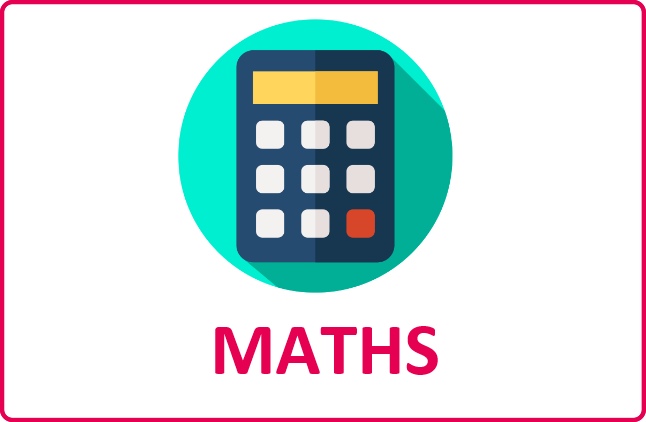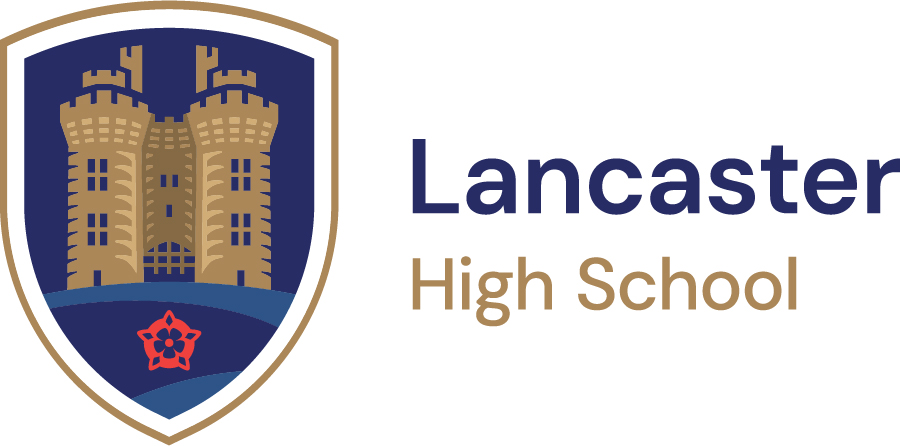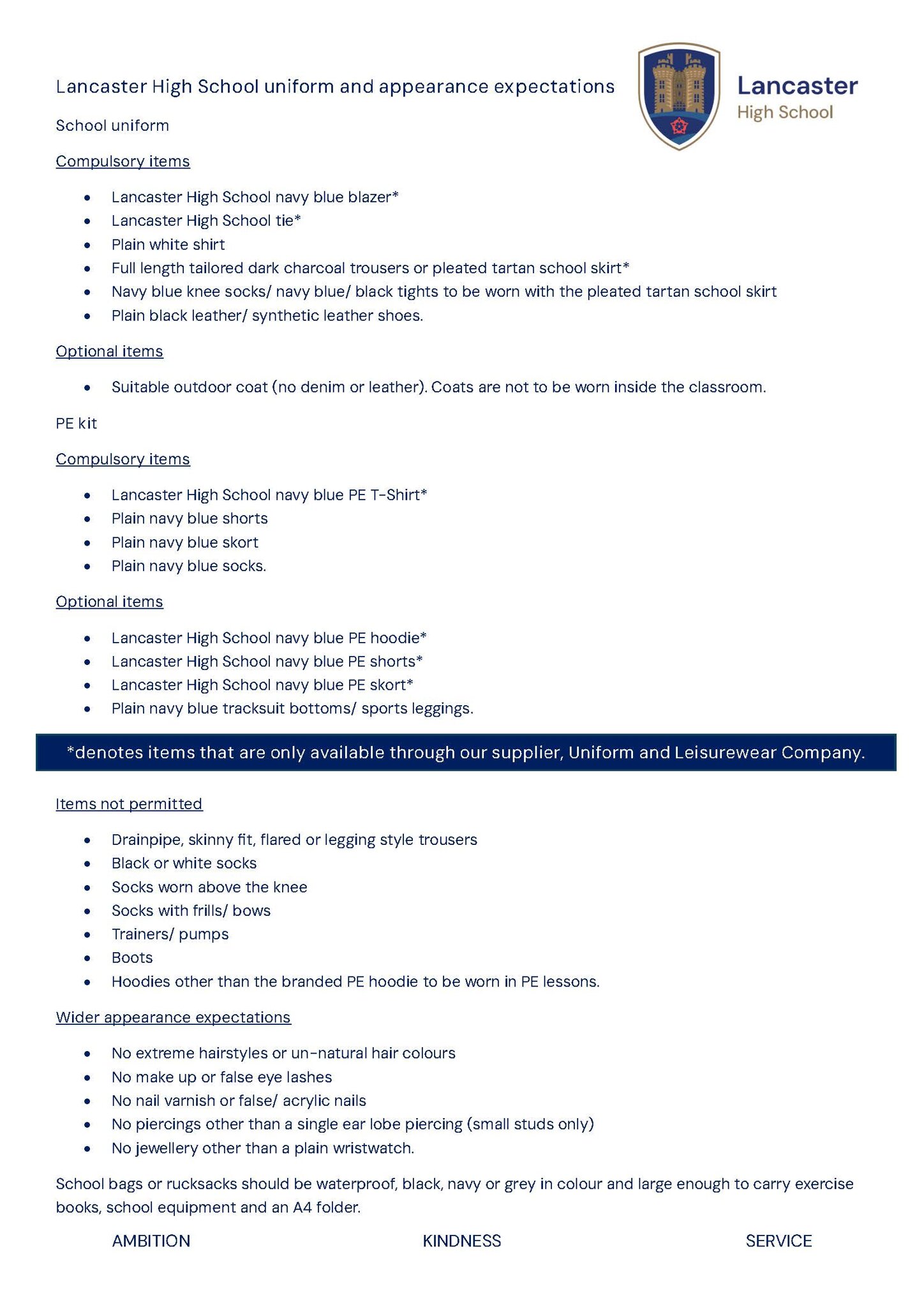
“Mathematics reveals its secrets only to those who approach it with pure love, for its own beauty”
Archimedes
Subject Staff
| Name | Role | Contact |
| Miss R Holmes | Head of Maths | Contact |
| Mr S Natha | Classroom Teacher, Second in Maths | Contact |
| Mr A Moore | Classroom Teacher | Contact |
| Mrs G Clark | Classroom Teacher, Head of Year 8 | Contact |
| Mrs B Prestwood | Classroom Teacher, Head of Year 9 | Contact |
Our Intent:
Mathematics at Lancaster High School is designed with the intention that all pupils will be able to explore a variety of representations of mathematical structures through different approaches. Pupils arrive to Lancaster high school with different attitudes to mathematics, so the appropriate blend of co-operative and independent learning helps to build their confidence whilst also discovering mathematical formulae and deepening their understanding. Pupils develop so that they can articulate their reasoning and think mathematically, whilst also having the resilience and resource to be able to organise their own thinking and devise strategies independently. Pupils will develop their fluency across a broad range of topics including number, algebra, shape, statistics and ratio and proportion.
.png)
View Maths Curriculum - Roadmap Overview
KS3 Overview of Units:
|
|
Term 1 Topics |
Term 2 Topics |
Term 3 Topics |
|
Year 7 |
|
|
|
|
Year 8 |
|
|
|
|
Year 9 |
|
|
|
Parents / carers can best support students by: ensuring students know their times tables and encouraging them to complete any homework set on Sparx.
Key Stage 4:
Edexcel GCSE Maths (Higher and Foundation)
Web link to specification:
|
|
Term 1 Topics |
Term 2 Topics |
Term 3 Topics |
|
Year 10 |
|
|
|
|
Year 11
|
|
|
Preparation for Exams
|
Assessment:
The students will be studying for the Edexcel maths GCSE 1MA1 and will either be entered for foundation tier (grades 1-5) or higher tier (grades 3-9)
|
Paper 1 |
Non Calculator |
1 hour 30 minutes |
|
|
Paper 2 |
Calculator |
1 hour 30 minutes |
|
|
Paper 3 |
Calculator |
1 hour 30 minutes |
|
Parents / carers can best support students by: encouraging students to use Sparx maths to both consolidate their learning and reduce gaps in knowledge, attend revision sessions and complete all homework set.
Additional materials to support study and revision:
|
Resource |
Link |
|
Sparx Maths |
|
|
Corbett Maths |
|
|
Maths Made Easy |
|
|
Maths Genie |


